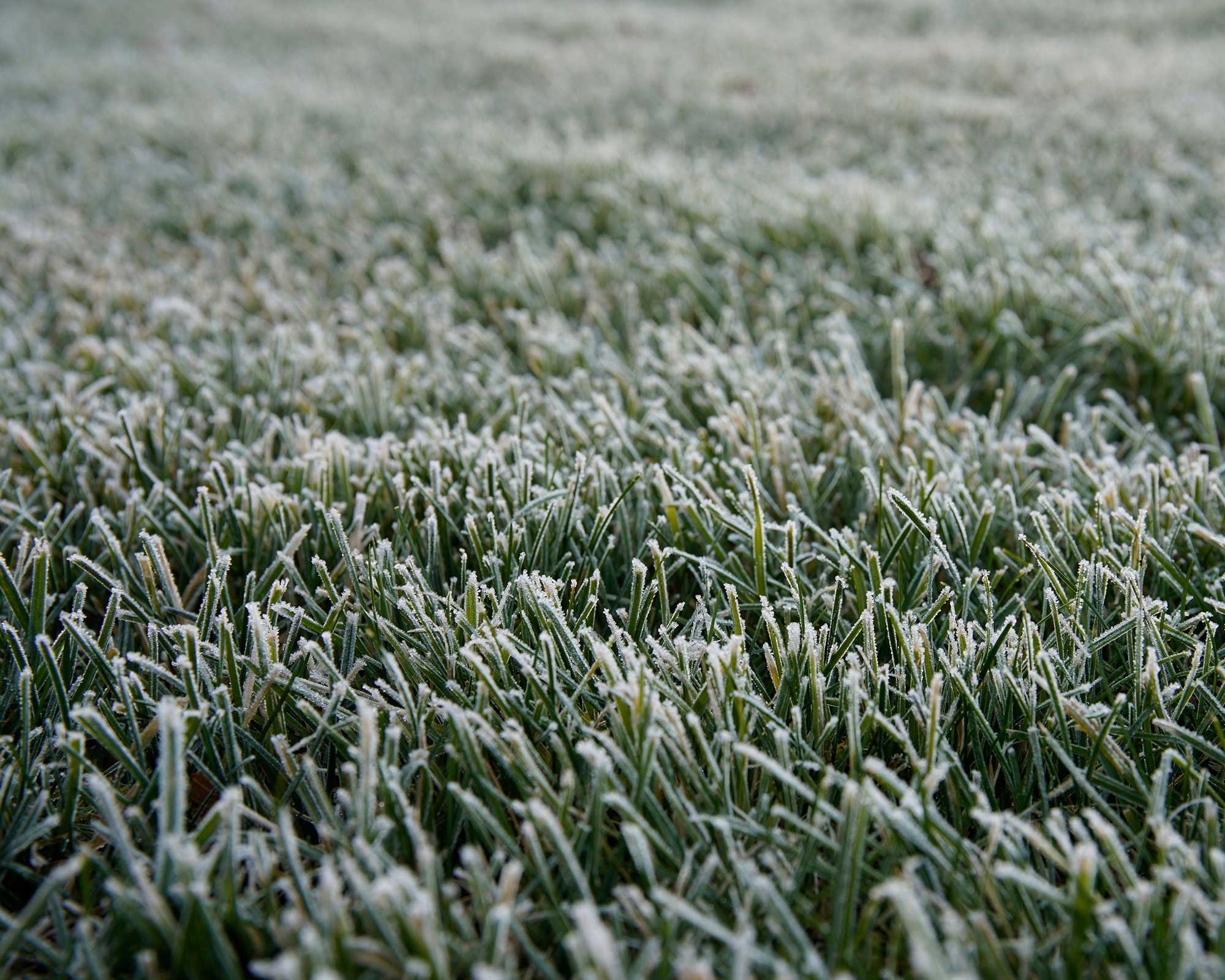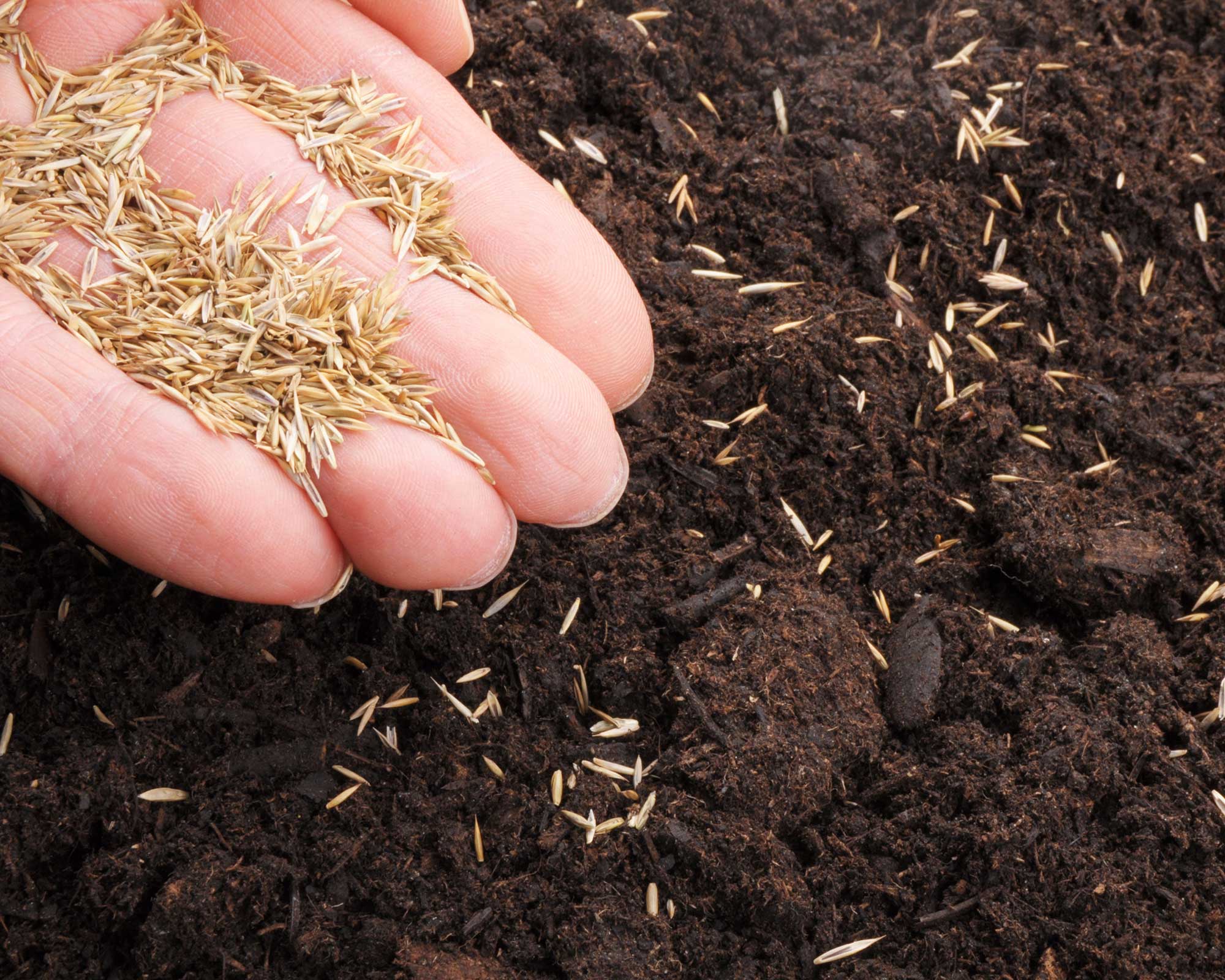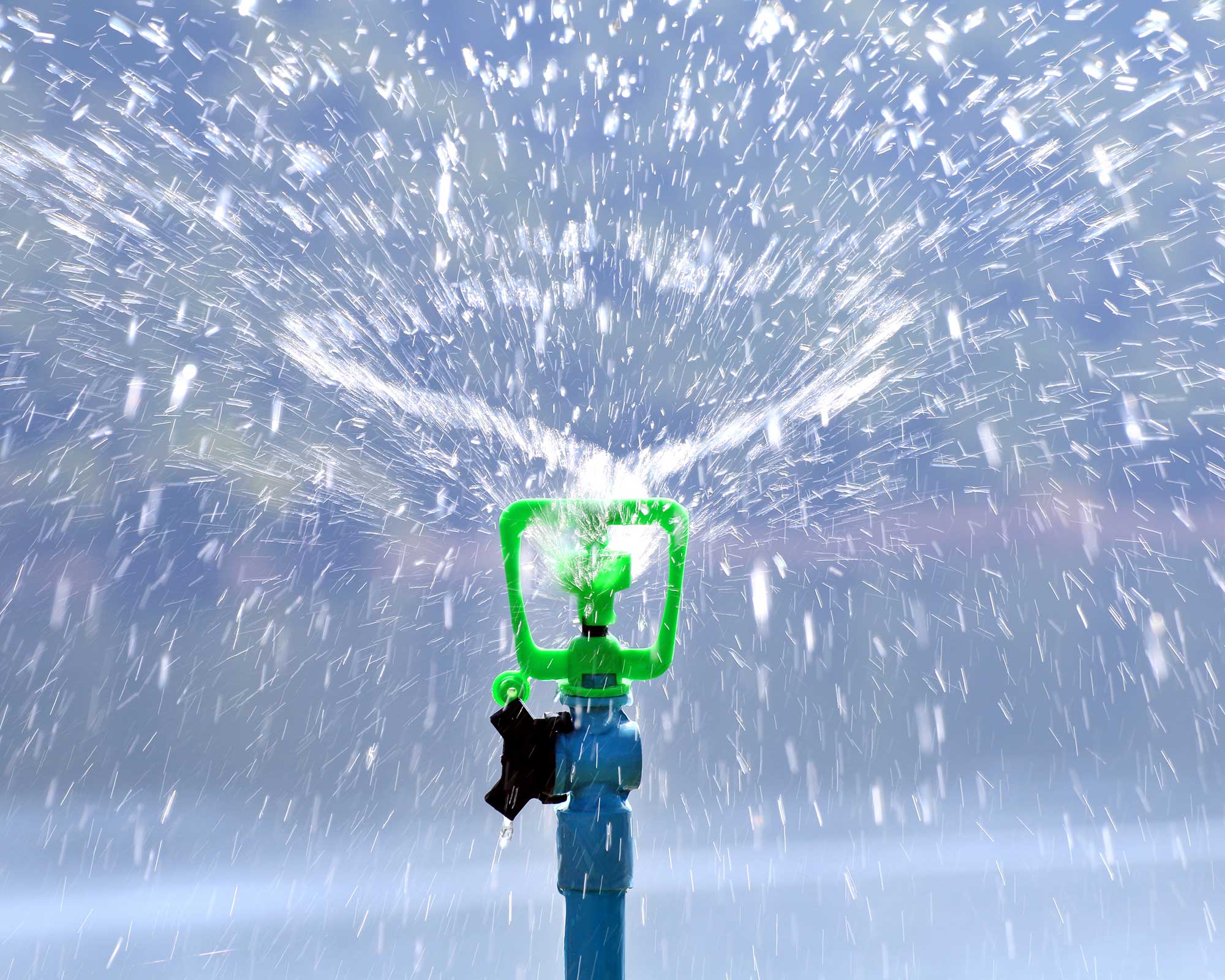How to protect new grass from frost: 4 tips for winter-proofing your freshly-laid turf or seed
Learn how to protect new grass from frost and you can get your lawn off to a healthy start despite colder weather


With winter on its way, you may be wondering how to protect new grass from frost. That is, if you've recently installed a new lawn (or repaired patches in an existing one).
Although new grass grows fastest when sown in the spring, it's possible to plant grass seed in early fall, too. Alternatively, you may have gone for the quicker approach of laying turf. This is a good job for fall, as the ground will still be warm from summer, yet also damp, which is ideal for germination.
However, looming winter weather can be a worry. Luckily, there are some lawn care tips to help young grass survive the frosts, so you can enjoy a gorgeous stretch of green once spring rolls around.
How to protect new grass from frost this winter
Many plants need protection from frost. To some extent, grass is no exception, especially if it's new. Our advice will help yours endure the coldest season of the year.

1. Sow grass seeds at the right time
The earlier you plant your seed or lay your turf, the longer it has to get established before inclement weather hits.
According to The Lawn Chick, it's best to plant grass seed a minimum of 45 days before you expect the first winter frost to hit. This should give it enough time for the roots to establish enough to endure the winter weather. The type of grass you will need to sow at this time is 'cool season grass' – otherwise, it may not germinate as planned. These include 'Rye' and 'Bluegrass' varieties.
Once you see signs of germination, you can give it a boost with fertilizer. The best and easiest way is to apply a high-phosphate feed, says David Hedges Gower of Lawn Association. 'This will give the plant the energy needed to ensure optimum growth in that early stage.' When it's time to mow, cut the area as high as possible, he adds. 'This will allow the seedlings to take in large amounts of food and water, making them stronger much sooner.'
'Dormant sowing' is when grass seed is planted in winter with the notion that it will remain dormant until the weather warms in spring. A layer of snow can help keep it in this state.
However, newly-sprouted seeds are not strong enough to survive the frost, warns the lawn experts at Johnathan Green. This makes dormant sowing a risk in areas that may have warm winter days (which will encourage grass to sprout early) followed by cold nighttime frosts. If this is a possibility in your region, it's best to sow earlier in the year.

2. Stay off the lawn
An important part of winter lawn care is to avoid walking on grass when it's frosty, as the blades can snap and die. But, if you stand on new grass, which is naturally weaker, it can be particularly fatal.
So, once you have sown your grass seed or planted your turf, try to stay off of it until it has had enough time to establish and the weather is warmer. This goes for mowing the lawn, too.
Laying stepping stones across the grass can be worthwhile. That way, you will still be able to navigate around your yard without causing damage to the turf.

3. Ensure your new lawn is well-watered
It may come as a surprise, but watering your new lawn the evening before a frost can help it resist frost damage. This is because it makes it more able to retain heat and it's less likely that the ground – and thus the root system – will freeze.
Although rainwater collected from the garden is useful for many other jobs, for this one in particular, use tap water if possible as it will be warmer.
If you don't want to water manually, consider investing in an irrigation system (there are lots available on Amazon), or simply a garden sprinkler if you haven't yet packed yours away for the season. Program it to come on at short intervals throughout the night.

4. Cover newly-sprouted grass overnight
If you've sown your grass seed late and, rather than going dormant, it has unexpectedly sprouted mid-winter, you could try and save it from frosts by covering it up at night.
Use a tarpaulin or even lengths of horticultural fleece (available from Amazon), weighed or pegged down at the sides (ideally don't place anything heavy on the lawn itself). Remove the cover early in the morning the next day to allow sunlight and air to get to it.

The garden was always a big part of Holly's life growing up, as was the surrounding New Forest where she lived. Her appreciation for the great outdoors has only grown since then. She's been an allotment keeper, a professional gardener, and a botanical illustrator – plants are her passion.
